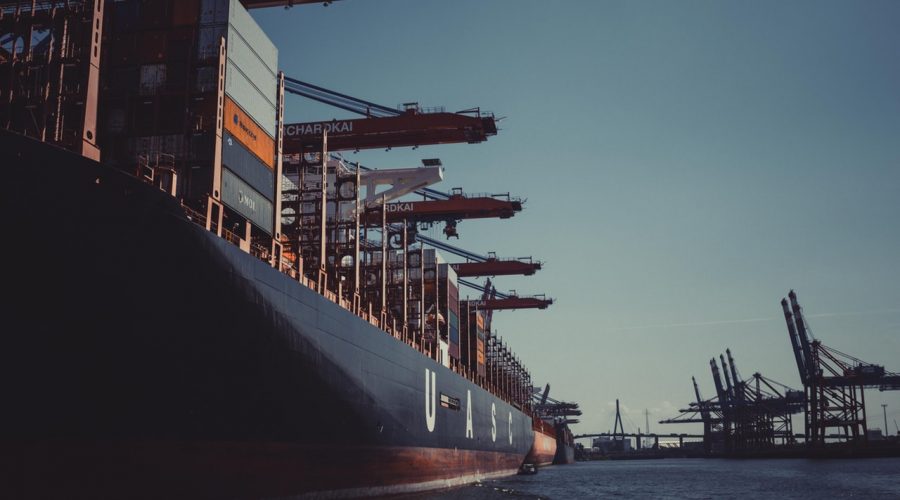
The aftermath of Port of Felixstowe’s IT system switchover
The technical difficulties experienced by the UK’s largest container port over the past six weeks are unlikely to have escaped your attention. Whether or not your goods or operations were directly impacted, the knock-on effect of such heavy disruption to a port the size of Felixstowe has been felt far and wide. With the dust now starting to settle on the IT challenges that led to the disruption, what have we learnt? Is there a way that the impact on businesses can be better mitigated next time around?
What caused the disruption?
Hutchison Ports introduced a new terminal management system on 10th June 2018, with a view to bringing Felixstowe’s systems in line with a number of the other ports within its network. The existing systems were long established and relied upon by a huge number of hauliers and forwarders, meaning that complications with the deployment caused confusion and significant delays, with some drivers reporting 16-hour tailbacks in the week that followed.
Beyond the initial delays, there have been weeks of challenges, with drivers struggling to meet customer deadlines amidst uncertainty around port-booking slots and turnaround times.
Mitigating the impact
For some, the damage to relationships with drivers, customers and partners may have already been done, while financially some businesses are sure to have been impacted by the delayed transport of imports and exports via Felixstowe. The logistics industry is well versed in contingency planning, but few would have been prepared for what happened. With that in mind, here are some ways to potentially mitigate the impact should a similar problem ever arise.
Review your contracts & terms of business
When third-party dependencies damage a business relationship, it can be very frustrating. If you’re not directly at fault but shoulder the burden of blame, it can put you in a difficult position with customers. Ensure that your terms of business limit your liability and protect you adequately in the event of circumstances that are beyond control, preventing your ability to deliver on time.
Utilise the return loads model
Only the biggest global logistics providers can legitimately afford to have fleets of empty vehicles sitting around as a contingency for such an event. When you don’t have the resource to deliver, the return loads haulage model that we use so effectively at Waller Transport can provide a short-term solution. We can help you create efficiencies by making use of empty or part loads across our array of haulier partnerships.
Technology, communication and real-time information
Familiarising yourself and your team with emerging technology in freight and logistics will, in most cases at least, ease the transition when ports, networks and partners introduce updated systems. However, there is no substitute for great communication. Real-time updates can help manage a situation before it becomes critical, giving you the time to put your contingency plans in place and ensure customers are alerted promptly to any potential issues. Partnering with a third-party logistics (3PL) provider such as Waller Transport can remove a lot of this hassle, leaving you safe in the knowledge that the journey of your cargo is being proactively managed around the clock.
As a partner to your business, this is how we can add the most value – handling the complexities of load planning and transport management to leave to you focus on your day-to-day. Get in touch with us to find out more about our general haulage solutions and the way we make use of return loads to maximise efficiencies for your business.
